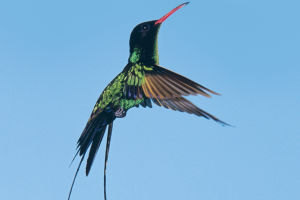Discovering the Steenbok
The Steenbok (Raphicerus campestris) is a small, delicate antelope native to southern and eastern Africa. Often found in savannas, grasslands, and arid regions, this graceful creature is admired for its remarkable agility, stealthy survival instincts, and sharp awareness of its environment.
Despite its modest size, the Steenbok is well-adapted to thriving in harsh habitats.
Appearance and Physical Features
Steenboks are compact antelopes, standing only about 45-60 cm (18-24 inches) tall at the shoulder. They have a reddish-brown coat that helps them blend into their natural surroundings, with lighter coloring on their underbellies. Males have short, straight horns that can grow up to 19 cm (7.5 inches) long, while females are hornless.
The Steenbok's large ears are a defining feature, helping it detect the slightest sounds of approaching predators. Its slender body and long legs allow it to move swiftly and gracefully, making it a highly agile runner when threatened.
Habitat and Range
Steenboks are widespread across southern and eastern Africa, from South Africa to Tanzania. They prefer open habitats like savannas and grasslands, but they are also found in more arid regions, such as deserts and scrublands. Their ability to adapt to different climates and environments is one of the reasons they continue to thrive despite the challenges they face in the wild.
Behavior and Diet
Steenboks are primarily solitary animals, except during the mating season when they may be seen in pairs. They are extremely shy and prefer to remain hidden, relying on their camouflaged coats and quick reflexes to escape predators such as lions, leopards, and hyenas.
Their diet consists mainly of grasses, leaves, and shrubs, although they are known to eat fruits and roots when available. Steenboks are highly independent when it comes to water, as they can survive for long periods without drinking by obtaining moisture from the vegetation they consume.
Survival Tactics
When faced with danger, Steenboks have a unique defense mechanism: they remain motionless in the grass, allowing their camouflage to conceal them. If the predator comes too close, they will suddenly dash away at high speed, zigzagging to confuse their pursuer. This sudden burst of movement often allows them to evade capture.
The Steenbok is an incredible example of nature’s ability to adapt and survive. Small yet resilient, these antelopes use their agility, intelligence, and environmental awareness to thrive in the wild. So, Lykkers, whether you spot one in the African bush or learn about them from afar, the Steenbok’s elegance and tenacity are sure to leave an impression.
Steenbok facts, gaining moisture from food
Video by Amazing Planet!


